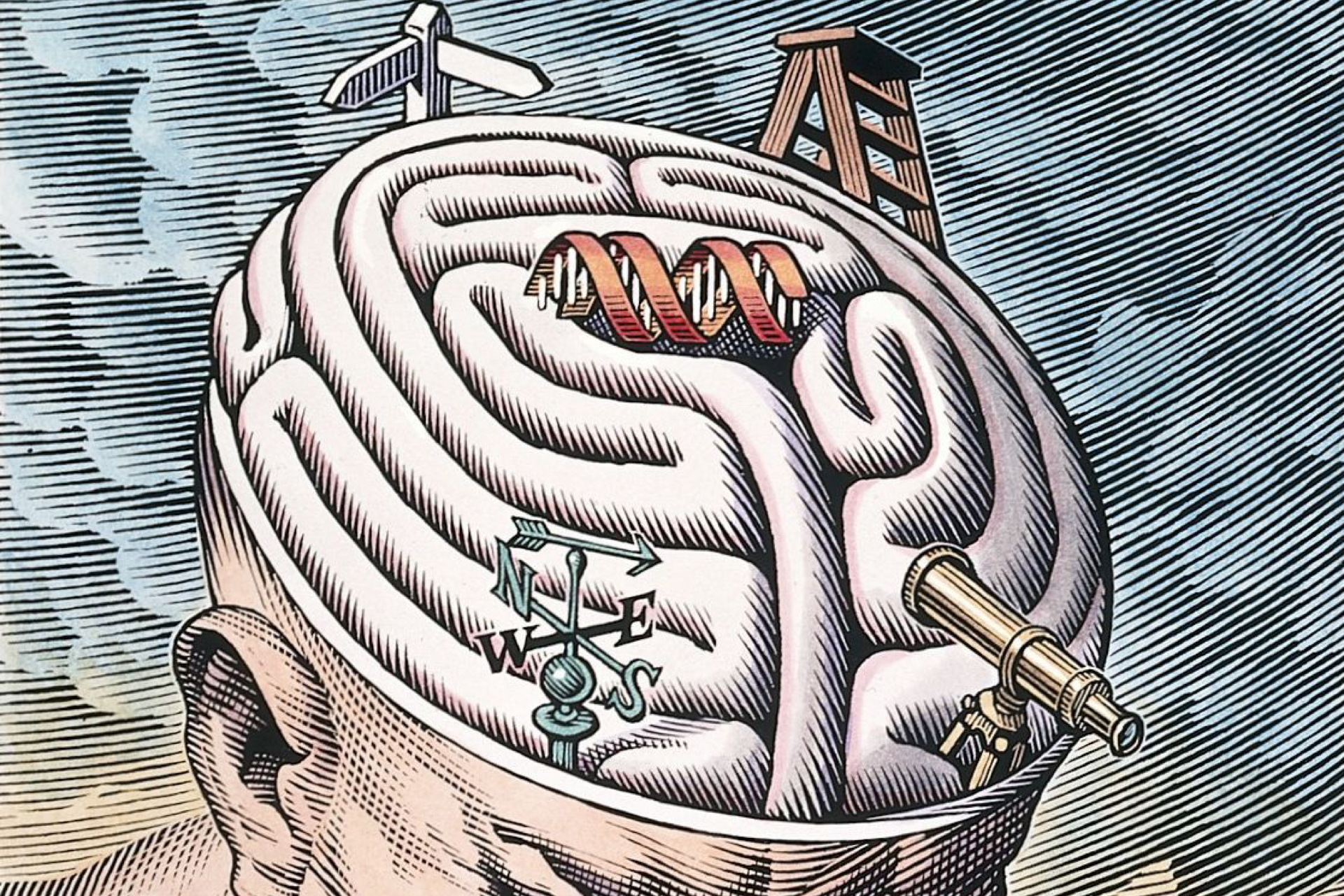As a father who has fought to use gender selection, we of course always knew that what we sought for our family was the right thing for our particular circumstances. We never tried to suggest our moral standards were right for everyone. We certainly never tried to impose our moral standards on anyone else. We simply expected everyone else to respect our views and needs, and not rush to decisions on the rightness or wrongness of our choices. We felt our decision affected nobody else outside our own family, and if things had been otherwise, we would have preferred it to have remained so always. I feel that our views have now been vindicated, by the Science and Technology Committee's recent report on Human Reproductive Technologies and the Law.
Once the regulating authorities had become involved in our situation, however, the difficulties of attempting to set agreed standards of ethical action became immediately apparent. Should MPs be setting the moral standards for us? Personally, I don't think so. Then how about the chairperson of the Human Fertilisation and Embryology Authority (HFEA)? No. On the issue of gender selection, I believe the HFEA are behind the times.
As the recent report of the Science & Technology Committee reopens the discussion on this topic, we may start to get to the bottom of the real fear of many regarding gender selection - that the system will run 'out of control', among groups that place additional prestige on the birth of a boy baby. As long as four years ago, clinicians told us we would never achieve our private goal of gender selection as a family based in Scotland, because of this much broader, and clearly, very complex global policy issue.
For me, this doesn't add up. We're proud to proclaim ourselves champions of 'freedom' and 'choice': whether on the global stage, or at home in upholding the rights of the individual and of the family. Article 12 of the European Convention on Human Rights proclaims as a human right and a fundamental freedom, the ability to 'found a family', without interference by the nation state.
Yet in my experience, there is no such championing of 'freedom' or 'choice' for those requesting gender selection - rather the authorities have sought to limit our freedom, and prevent my family's private choice. We live today in an otherwise pluralistic modern society where we celebrate - or at worst, we can tolerate - the differing cultural, religious, ethical and moral views of others.
This could be further supported in the area of reproductive choice, if the HFEA were in future to oversee the licensing of clinics and good clinical practice, but also be a listening body, responsive and flexible to the needs of couples and families embarking on the fraught path which is IVF. We need a much more open Ethics Committee to review the 'grey area' applications such as our own, bringing transparency to the decision making body, rather than the closed-door policy-making we have at present. The guiding principle must be, that the burden of proof as to the question of harm to the child should always lie with the regulators and legislators - not with the couple making the application, a point I have been making for almost five years now.
It has been suggested that a mature regulatory framework fostering pluralism in society and fair use of medical innovation could be based on consideration for the welfare of the future child and assessment of the safety of procedures used, taking into account the appropriateness of technology and, of course, fully informed consent. In my view these guiding principles should be adopted and utilised as soon as practicable, to ensure our regulatory framework becomes fair, flexible and pluralistic.
The world of IVF has come of age; it is now time for us as a nation to be more grown up about the choices that come from that. We should modernise our HFEA, and politicians and non-elected quangos should respect the private choices of individual families. Then we will have a more effective regulatory authority, highly capable of handling the challenges of new technologies - an authority that clinicians, scientists and patients can all respect and support.






Leave a Reply
You must be logged in to post a comment.